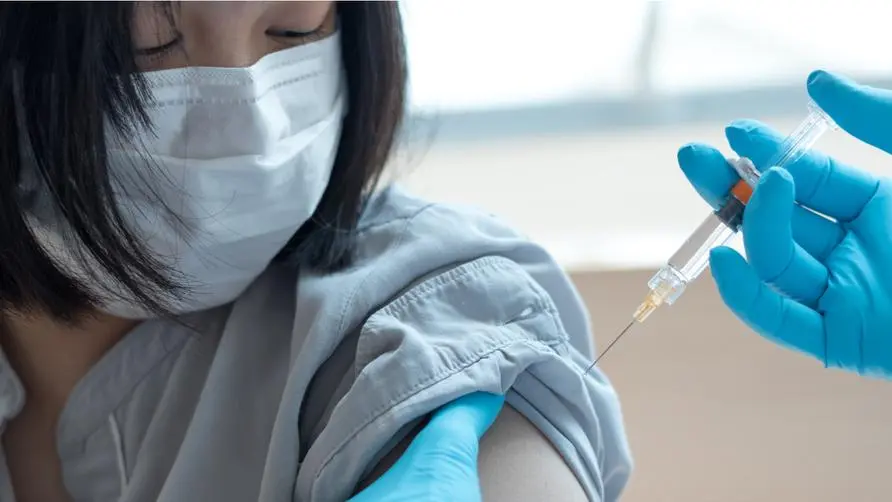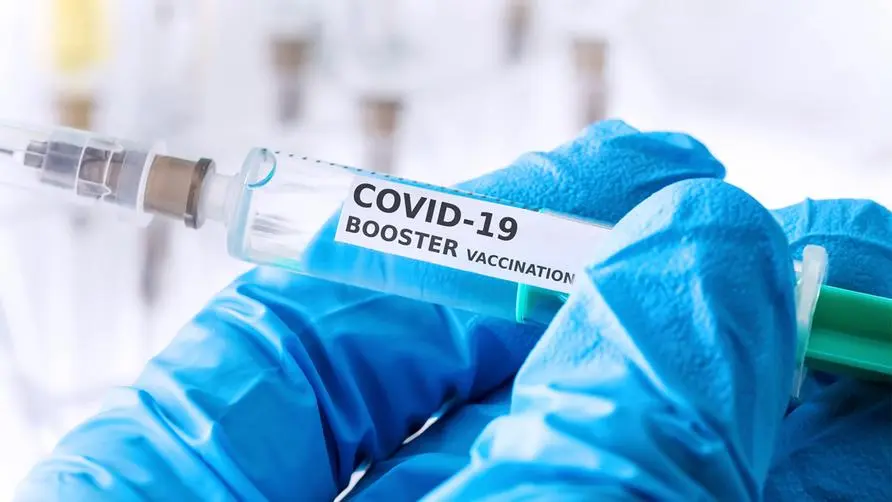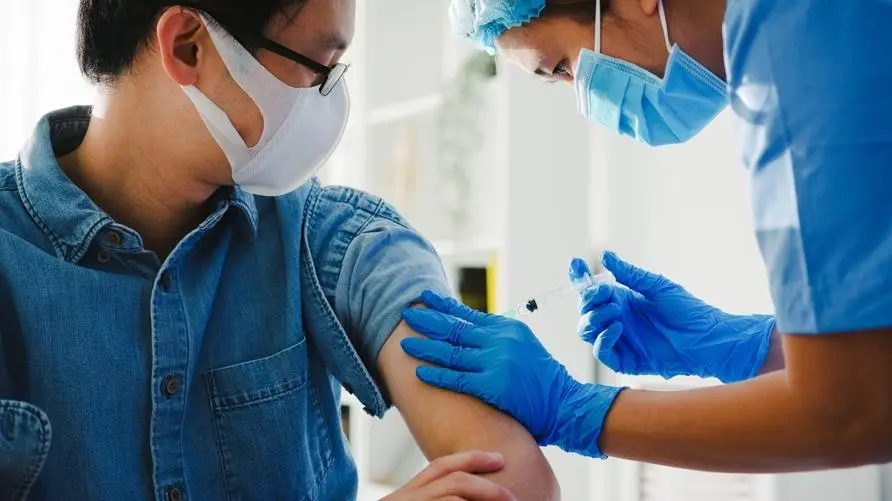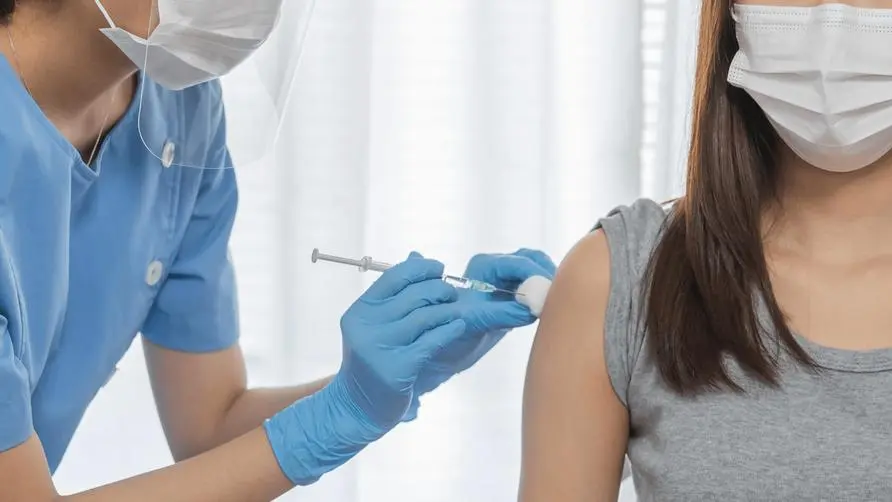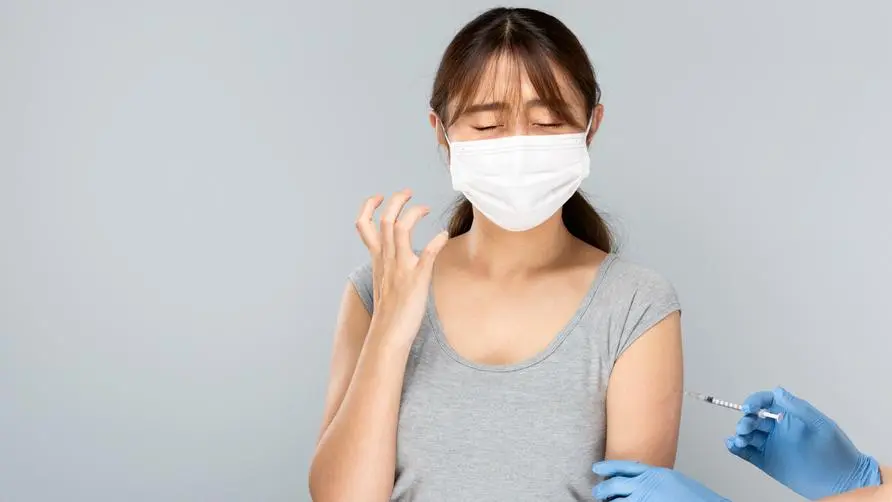Is the COVID-19 vaccine different from what you thought? Teenagers develop myocarditis after taking BNT? Is the risk of AZ blood clots lower than smoking?
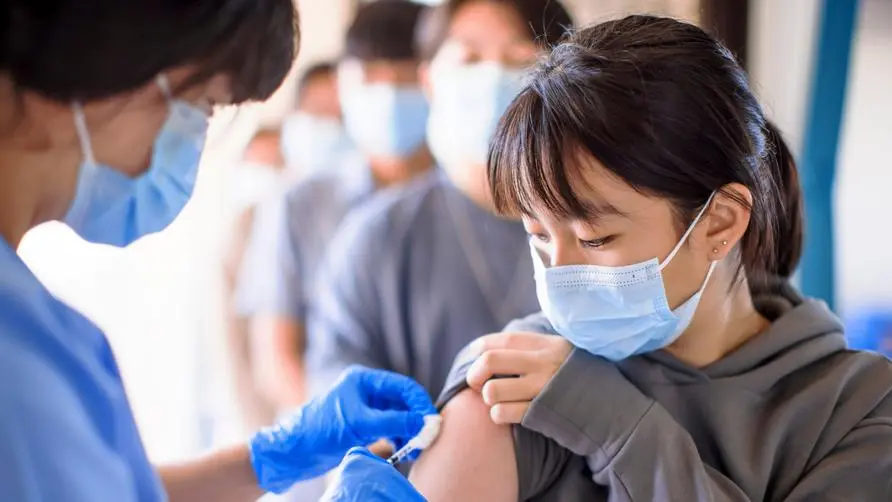
The Central Epidemic Command Center announced today (10/7) that the sixth batch of privately purchased BNT vaccines, totaling 889,200 doses, has successfully completed customs clearance procedures this morning and will be available to the public for vaccination as soon as possible. Commander Chen Shizhong also revealed that a new batch of BNT vaccine and Moderna vaccine will arrive on October 8. The total number of vaccines will exceed Taiwan’s total population, and it is expected to be one step closer to “herd immunity”.
As of October 6, Taiwan’s vaccination coverage rate is 58.06%. About 13 million people have received the first dose of the vaccine, and more than 3.6 million people have received the second dose. However, about 40% of the people in Taiwan have not yet received the first dose of the vaccine, especially among young adults aged 23 to 50, and many people are still waiting for the vaccine they want to get.
While waiting for the vaccine, many people have a high degree of trust in the Moderna and BNT (BioNTech) vaccines, believing that they are safer and more effective; the AZ vaccine is considered to have “poor protection.” , the side effects are more serious than the other two, so many people only check the first two when making a vaccine appointment, and would rather spend a longer time waiting for the most ideal vaccine. But are mRNA vaccines completely free of side effects? How should we interpret various phenomena about the new coronavirus vaccine?
Which one is more protective, AZ vaccine or BNT? It turns out that the technology is different
According to a Reuters report, data from the U.S. Centers for Disease Control and Prevention (Center for Disease Control and Prevention) show that from more than 250 hospitals in 14 states in the United States, between March and April 2021, more than 100,000 teenagers died of COVID-19. Hospitalizations for pneumonia are rising, with nearly a third requiring intensive care. Medical staff provided Pfizer and BNT vaccines to the patients for vaccination. Unexpectedly, one patient developed chest pain symptoms. An MRI scan revealed that it was myocarditis. Fortunately, there were no casualties due to timely treatment.
Acute myocarditis is a dangerous and potentially fatal disease; in addition, Israel, which has been administering the Pfizer vaccine on a large scale, has also reported 275 cases of myocarditis in young men, most of whom are 16 to 19 years old; British Health Minister Sajid Javid It also stated that relevant units will only provide one dose of BNT vaccine to adolescents aged 12 to 15 years old, because the risk of myocarditis is small when vaccinated with the first dose, while the second dose may increase the risk of myocarditis. Although there are currently no studies confirming the link between injections of mRNA vaccines and myocarditis, the U.S. Centers for Disease Control and Prevention has recommended that further research be conducted on the link.
What is the difference between the Pfizer BNT vaccine and the AZ vaccine? The Pfizer BNT and Moderna vaccines use mRNA (messenger RNA) technology, which uses RNA to be imported into cells to produce new protein molecules to train the body’s immune cells to fight the virus. The AZ and Johnson & Johnson vaccines use adenovirus technology to produce spike proteins after being injected into the human body to trigger antibodies to fight the virus. Based on trial data, the effectiveness of mRNA vaccines is generally better than that of adenovirus vaccines, with protective power ranging from 94.1% to 95%. Although the protection data of AZ and Johnson & Johnson vaccines are low, at 76% and 66.3% respectively, for elderly people at high risk of severe disease, the protection is still as high as 85% after administration, so they are still effective and safe vaccines.
AZ has the mildest side effects? When the vaccine is available, take it immediately and don’t hesitate!
Humans have used mRNA and adenovirus technologies to create a vaccine against the new coronavirus in a short period of time. The relevant trials and data are naturally not as complete as those of traditional vaccines in the past. At first glance, the adenovirus vaccines of AZ and Johnson & Johnson are considered to be relatively “inferior”. However, some experts believe that adenovirus vaccines are easy to store and are suitable for large-scale administration of the first dose, which can prevent severe illness and death to a certain extent. Effect.
As for the side effects that people are most worried about, in fact, after all vaccines are administered, fever, headache, chills or nausea may occur. This is a normal phenomenon of the body’s immune system after vaccination, and young people’s immune systems are relatively weak. Strong, side effects are usually relatively strong. It is worth noting that although the AZ vaccine has a very rare risk of blood clots, other side effects are relatively mild. According to a British survey, the risk of blood clots after the first dose of the vaccine is estimated to be about 12.3 per million. With more than 23 million people vaccinated, only 56 people have died from blood clots. Nephrologist Hong Yongxiang pointed out that the risk of blood clots caused by the AZ vaccine is much lower than that of smoking and taking birth control pills. Groups with low immunity should get the COVID-19 vaccine as soon as possible to avoid being exposed to the risk of the virus due to unnecessary doubts.
In general, given the current situation of vaccine shortage and uneven distribution, it is recommended that the public should take the vaccine as soon as possible as long as it is available. If you have elderly people or medical staff in your family who still have reservations about getting the AZ vaccine, please don’t be afraid. If the vaccine is available, get it as soon as possible. This will not only help individuals get rid of the risk of severe death early, but also give them the opportunity to see the solution early. Feng Shuguang.
source:
More unvaccinated US adolescents hospitalized; myocarditis may be rare vaccine side effect in teens

